
Code: 03172499
Language And Thought Of The Child
by Jean Piaget
The Language and Thought of the Child BY JEAN PIAGET. Originally published in 1926. Contents include: PREFACE ix FOREWORD . . . . . . . xix CHAPTER I THE FUNCTIONS OF LANGUAGE IN TWO CHILDREN OF SIX I I. The material ....... 5 I. ... more
- Language:
 English
English - Binding: Hardback
- Number of pages: 276
Publisher: Read Books, 2008
- More about this

Give this book as a present today
- Order book and choose Gift Order.
- We will send you book gift voucher at once. You can give it out to anyone.
- Book will be send to donee, nothing more to care about.
More about Language And Thought Of The Child
You get 129 loyalty points
 Book synopsis
Book synopsis
The Language and Thought of the Child BY JEAN PIAGET. Originally published in 1926. Contents include: PREFACE ix FOREWORD . . . . . . . xix CHAPTER I THE FUNCTIONS OF LANGUAGE IN TWO CHILDREN OF SIX I I. The material ....... 5 I. An example of the talk taken down, 6 2. The functions of child language classified, 9 3. Repetition echolalia, ii 4. Monologue, 13 5. Collective monologue, 18 6. Adapted information, 19 7. Criticism and derision, 26 8. Commands, requests, threats, 27 9. Questions and answers, 28. II. Conclusions 34 10. The measure of ego-centrism, 34 n. Conclusion, 37 12. Results and hypotheses, 43. CHAPTER II TYPES AND STAGES IN THE CONVERSATION OF CHILDREN BETWEEN THE AGES OF FOUR AND SEVEN SO i. Check of the coefficient of ego-cenmsm, 51 2. Types of conversation between children, 52 3. Stage I Collective monologue, 56 4. Stage HA, First type Association with the action of others, 58 5. Stage UA, Second type Collaboration in action or in non vi CONTENTS abstract thought, 60 7. Stage I IB, First type Quarrelling, 65 8. Stage IIu, Second type Primi tive argument, 68 9, Stage IIlB Genuine argument, 7010, Conclusions, 73. CHAPTER III UNDERSTANDING AND VERBAL EXPLANATION IJEWEEN CHILDREN OF THE SAME AGE BETWEEN THE YEARS OF SIX AND EIGHT. 76 i. The method of experiment, 792. Parcelling out the material, 86 3. Numerical results, 944, Ego-centrism in the explanations given by one child to another, 99 5. The ideas of order and cause in the expositions given by the explainers, 1076. The factors of understanding, 119 7. Conclusion. The question of stages and the effort towards objectivity in the accounts given by children to one another, 124. CHAPTER IV SOME PECULIARITIES OF VERBAL UNDER STANDING IN THE CHILD BETWEEN THE AGES OF NINE AND ELEVEN 127 7. Verbal syncretism, 131 2, Syncretism of reasoning, 136 3. The need for justification at any price, 1454, Syncretism of understanding, 1505. Conclusion, 157. CHAPTER V THE QUESTIONS OF A CHILD OF SIX . . 1 62 I. f Whys 164 I. Principal types of whys, 166 2. Whys of causa explanation. Introduction and classification by material 171 3. Structure of the whys of explanation 1804. Whys of motivation 1885. a Whys of justification, 1 191 - 6, Conclusions, 197. LUJNIJiJNIb vn II. Questions not expressed under the form why . 199 7. Classification of Dels questions not expressed under the form, why, 199 8. Questions of causal explanation, 202 9. Questions of reality and history, 207 10. Ques tions about human actions and questions about rules, 214 ii. Questions of classification and calculation, 216. III. Conclusions 217 12. Statistical results, 217 13. The decline of precaus ality, 223 14. Conclusion. Categories of thought or logical functions in the child of seven, 227. APPENDIX 239 INDEX 245. PREFACE: THE importance of this remarkable work deserves to be doubly emphasized, for its novelty consists both in the results obtained and in the method by which they have been reached. How does the child think How does he speak What are the characteristics of his judgment and of his reasoning For half a century the answer has been sought to these questions which are those which we meet with at the very threshold of child psychology. If philosophers and biologists have bent their interest upon the soul of the child, it is because of the initial surprise they experienced at his logic and speech. In proof of this, we need only recall the words of Taine, of Darwin and of Egger, which are among the first recorded in the science of child logic. I cannot give a list here of all the works that have appeared since that period those of Preyer and of Sully, of P...
 Book details
Book details
Book category Books in English Society & social sciences Education Schools
221.30 zł
- Full title: Language And Thought Of The Child
- Author: Jean Piaget
- Language:
 English
English - Binding: Hardback
- Number of pages: 276
- EAN: 9781443724364
- ISBN: 9781443724364
- ID: 03172499
- Publisher: Read Books
- Weight: 496 g
- Dimensions: 148 × 224 × 26 mm
- Date of publishing: 04. November 2008
Trending among others
-
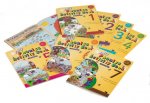
Jolly Phonics Activity Books 1-7
243.78 zł -5 % -

Benno Bär und das Brummdidum. Kamishibai Bildkartenset, m. 1 Beilage
76.92 zł -8 % -

Montessori from the Start
70.47 zł -23 % -

Columbine
72.99 zł -7 % -

Einschiebefolie für das Kamishibai. Für das Schattenspiel in Kindergarten und Schule
40.72 zł -
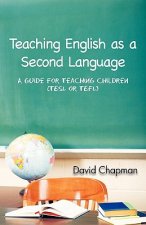
Teaching English as a Second Language
72.99 zł -
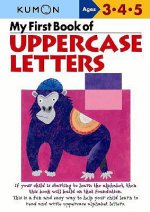
My First Book of Uppercase Letters
35.08 zł -13 % -

Understanding How We Learn
133.48 zł -
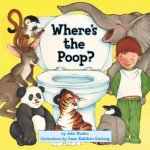
Where's the Poop?
38.30 zł -23 % -

Montessori Today
65.83 zł -23 % -
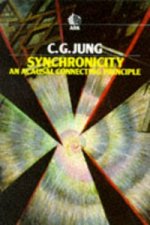
Synchronicity
149.51 zł -

Lifelong Kindergarten
73.49 zł -4 % -

Painting at School
278.47 zł -

Planning in the Moment with Young Children
139.53 zł -

Bunte Familie: Auf unserem Sofa ist für alle PlatzMix-Max-Spiel für Kinder ab 2
72.18 zł -7 % -

Geometry Lessons in the Waldorf School
63.21 zł -23 % -
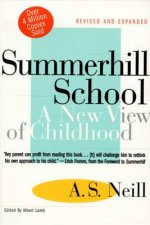
Summerhill School
90.33 zł -

Geology and Astronomy
51.91 zł -23 % -

Collins International Primary Maths - Workbook 3
68.05 zł -
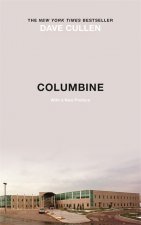
Columbine
79.74 zł -23 % -
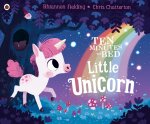
Ten Minutes to Bed: Little Unicorn
38.30 zł -23 % -
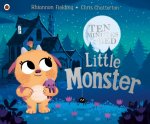
Ten Minutes to Bed: Little Monster
27.62 zł -26 % -

Progress in Geography: Key Stage 3 Workbook 1 (Units 1-5)
53.93 zł -

Language and Literature for the IB MYP 2
113.92 zł -

Forest School in Practice
191.56 zł -

Forest School and Outdoor Learning in the Early Years
191.56 zł -
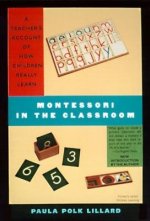
Montessori In The Classroom
79.24 zł -

Teaching English to Young Learners
190.25 zł -9 % -

100 Ideas for Secondary Teachers: Outstanding Geography Lessons
87.10 zł -5 % -

Learning All The Time
89.52 zł -

Loose Parts
161.01 zł -

Theories of Attachment
139.03 zł -
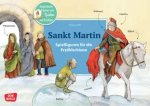
Sankt Martin
60.48 zł -8 % -

Games, Ideas and Activities for Primary Drama
98.40 zł -5 % -

Earth Science for Waldorf Schools
104.45 zł -

Target Grade 7 Edexcel GCSE (9-1) Chemistry Intervention Workbook
42.24 zł -
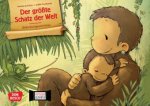
Der größte Schatz der Welt. Kamishibai Bildkartenset
72.18 zł -7 % -
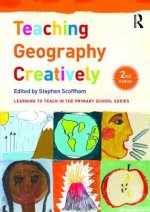
Teaching Geography Creatively
193.27 zł -

Teaching Chemistry with TOYS
101.92 zł -

History Teacher's Handbook
186.72 zł -
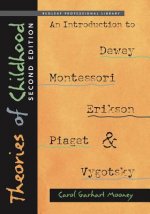
Theories of Childhood
138.62 zł -

Teaching Geography
286.03 zł -

Outdoor Learning in the Early Years
204.66 zł -

Effective Leadership and Management in the EYFS
114.93 zł -9 % -

Ich war das nicht!
60.48 zł -8 % -
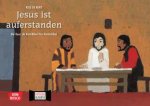
Jesus ist auferstanden. Kamishibai Bildkartenset
64.72 zł -8 % -
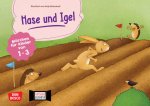
Hase und Igel. Kamishibai Bildkartenset
56.65 zł -8 % -

Teaching Poetry in the Primary Classroom
139.83 zł -

What Your First Grader Needs To Know (Revised And Updated)
96.18 zł -11 %
safisfied customers
Since 2008, we have served long line of book lovers, but each of them was always on the first place.
Copyright! ©2008-24 libristo.pl All rights reservedPrivacyPoučení o cookies



 21 million books
21 million books Delivery 12.99 zł
Delivery 12.99 zł (32) 444 93 66 (8-15.30h)
(32) 444 93 66 (8-15.30h)